
The golden medal AIA 2022 was awarded to Brooks + Scarpa
Source
AIA
AIA
Publisher
Petr Šmídek
12.12.2021 12:05
Petr Šmídek
12.12.2021 12:05
USA
Los Angeles
Angela Brooks
Lawrence Scarpa
Brooks + Scarpa
The AIA 2022 Gold Medal was awarded to the California firm Brooks+Scarpa, led by spouses Angela Brooks and Lawrence Scarpa for over thirty years. They are thus the second couple to jointly receive the highest individual honor from the American Institute of Architects. Before them, this honor was achieved in 2016 by Denise Scott Brown and Robert Venturi.
Both Brooks and Scarpa come from humble working-class families from small towns in central Florida. They met while studying architecture at the University of Florida in Gainesville. In 1987, they moved to San Francisco and a year later settled in Los Angeles. The history of the firm dates back to the late 1980s when Lawrence Scarpa began working at the studio of Welsh engineer Gwynne Pugh. After three years of prior collaboration, they established the firm Pugh + Scarpa in 1991, which was renamed Brooks + Scarpa after Gwynne Pugh left in 2011.
The Gold Medal is the highest annual honor from the AIA, recognizing individuals whose work has had a lasting impact on architectural theory and practice. In this year's jury, chaired by Lisa Matthiessen, sat Brenna Costello, Nathaniel Hudson, Candace Jackson, Renauld Mitchell, Wendy Ornelas, and Anand Sheth. The jurors particularly appreciate that they have “created a pioneering architectural brand that profoundly enriches the human experience and reveals the extraordinary in what is generally regarded as ordinary. Over the past three decades, their work has received numerous international awards and recognition for their unique interdisciplinary and social intersection. Their projects also demonstrate a perfect understanding of beauty, craftsmanship, and the raw power of architecture, which ranks among the best in the profession. Besides being outstanding and award-winning architects, they are also exceptional activists, community leaders, and civic collaborators. They are motivated by social responsibility and environmental stewardship. They seek to find ways to improve the livability of cities and enhance the everyday life of their citizens. They are actively engaged citizens. Their efforts have fundamentally transformed public policy initiatives. They address critical issues and reforms that serve the common good, equitable housing, and improve the built environment.”
More information >
Both Brooks and Scarpa come from humble working-class families from small towns in central Florida. They met while studying architecture at the University of Florida in Gainesville. In 1987, they moved to San Francisco and a year later settled in Los Angeles. The history of the firm dates back to the late 1980s when Lawrence Scarpa began working at the studio of Welsh engineer Gwynne Pugh. After three years of prior collaboration, they established the firm Pugh + Scarpa in 1991, which was renamed Brooks + Scarpa after Gwynne Pugh left in 2011.
The Gold Medal is the highest annual honor from the AIA, recognizing individuals whose work has had a lasting impact on architectural theory and practice. In this year's jury, chaired by Lisa Matthiessen, sat Brenna Costello, Nathaniel Hudson, Candace Jackson, Renauld Mitchell, Wendy Ornelas, and Anand Sheth. The jurors particularly appreciate that they have “created a pioneering architectural brand that profoundly enriches the human experience and reveals the extraordinary in what is generally regarded as ordinary. Over the past three decades, their work has received numerous international awards and recognition for their unique interdisciplinary and social intersection. Their projects also demonstrate a perfect understanding of beauty, craftsmanship, and the raw power of architecture, which ranks among the best in the profession. Besides being outstanding and award-winning architects, they are also exceptional activists, community leaders, and civic collaborators. They are motivated by social responsibility and environmental stewardship. They seek to find ways to improve the livability of cities and enhance the everyday life of their citizens. They are actively engaged citizens. Their efforts have fundamentally transformed public policy initiatives. They address critical issues and reforms that serve the common good, equitable housing, and improve the built environment.”
More information >
The English translation is powered by AI tool. Switch to Czech to view the original text source.
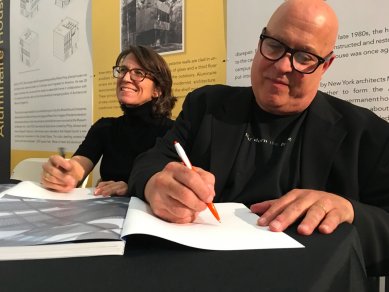
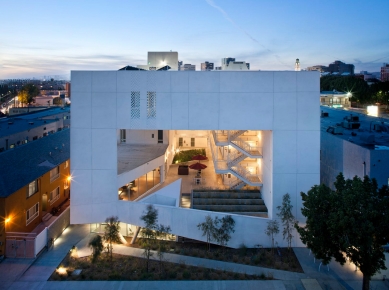
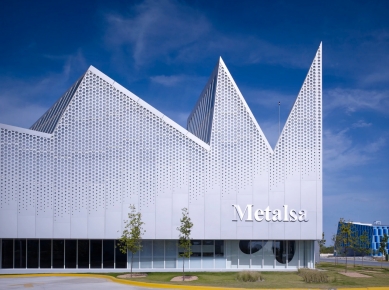
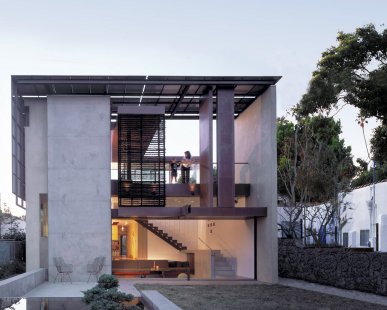
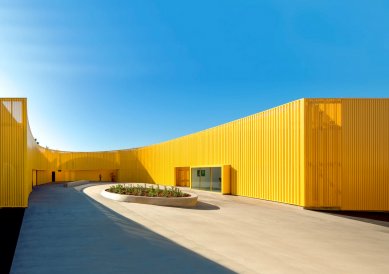
0 comments
add comment
Related articles
0
05.12.2015 | The AIA 2016 gold medal was awarded to Denise Scott Brown and Robert Venturi
0
01.01.2015 | The AIA Gold Medal 2015 was awarded to Moshe Safdie
0
14.12.2011 | The AIA Gold Medal 2012 was awarded to Steven Holl
0
09.12.2010 | The gold medal AIA 2011 was awarded to Fumihiko Maki
0
07.12.2009 | The gold medal AIA 2010 was awarded to Peter Bohlin
0
13.12.2006 | The gold medal AIA 2007 was awarded to Edward Larrabee Barnes
0
18.12.2005 | 2006 AIA Gold Medal for Antoine Predock











